The southeast corner of Idaho’s vast Salmon River Mountains contains the highest peaks of the entire range, and at 10,442 feet, White Mountain is the highest of them all. Additionally it is the highest point of Idaho's vast Frank Church-River of No Return Wilderness. The peak forms part of the southern boundary of the wilderness, and because the area to the south of the mountain is not a designated wilderness, it is accessible from the South Twin Lookout Road fairly easily. The road is steep, rough, and not well maintained. Regardless of its ranking as a high point of a major range and wilderness area , it seldom sees visitors.
All routes to the top involve Class 3 (YDS) climbing, the most easily accessible of which is still fairly demanding. The mountain's name is derived from the beautiful bright white rock found along its north and west sides. However, the USGS quad has mislabeled White Mountain as being a minor point (pt. 9870) east of the actual peak. This is incorrect, as there is absolutely nothing white or even notable about that point. While the north and west sides of the peak are brilliantly white, the summit itself is a messy pile of crumbling grayish brown rock perforated by jagged towers here and there. White Mountain’s east face is its steepest side, being nearly vertical in places. Below this spectacular face is the Twin Creek Lakes basin containing seven emerald green alpine lakes.
This peak is an incredibly beautiful mountain no matter what direction it is viewed from, but when seen from Challis it tends to be overshadowed by its neighbors, North Twin and South Twin. Those two peaks are clearly visible, but White Mountain is sometimes obscured by foothills. Of those three peaks, South Twin appears to be the highest, but it is shorter than White Mountain by about 100 feet. When viewed from the summit or even the south side of South Twin, White Mountain presents all its colors in dazzling splendor. The view from this vantage point is possibly one of the most photogenic in Idaho. Not only is the beauty of White Mountain visible from here, but you'll also see the seven Twin Creek Lakes and the colorful vastness of the Frank Church Wilderness.
The rock colors in this area range from white, orange, and green, to black, red and brown. This chromatic variety is due to volcanic activity in the area known as the Challis Volcanics. White Mountain, North Twin, South Twin, and the ridge they sit on are located the southern edge of a vast caldera formed when a massive ancient volcano collapsed.
This mountain is a very enjoyable climb, and it can be done from the late spring through the fall. Because this area is high in elevation, snow often lingers late into the year. During the winter it is extremely difficult to access due to it's remote location far from any well maintained roads. When snow is present on the mountain in the spring and into the summer, crampons and an ice ax are necessary given the steepness of the peak. When White Mountain is climbed, it is often done in conjunction with it's neighbors North Twin and South Twin, also among the highest peaks of the Salmon River Mountains.






















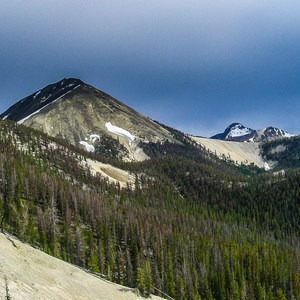

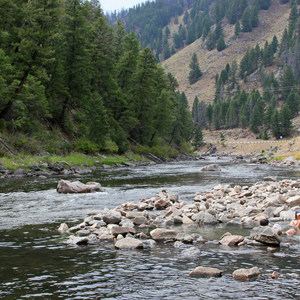
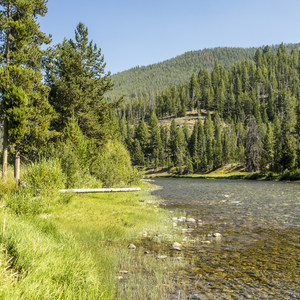
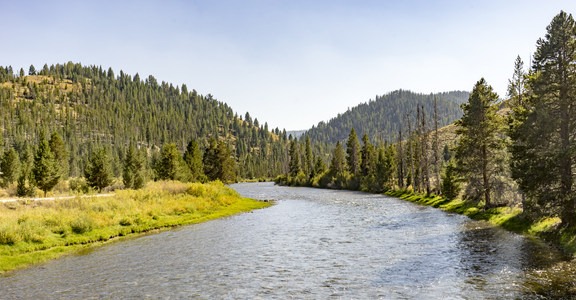
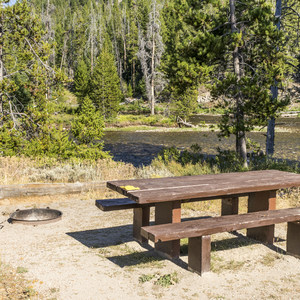



Comments
Sign In and share them.